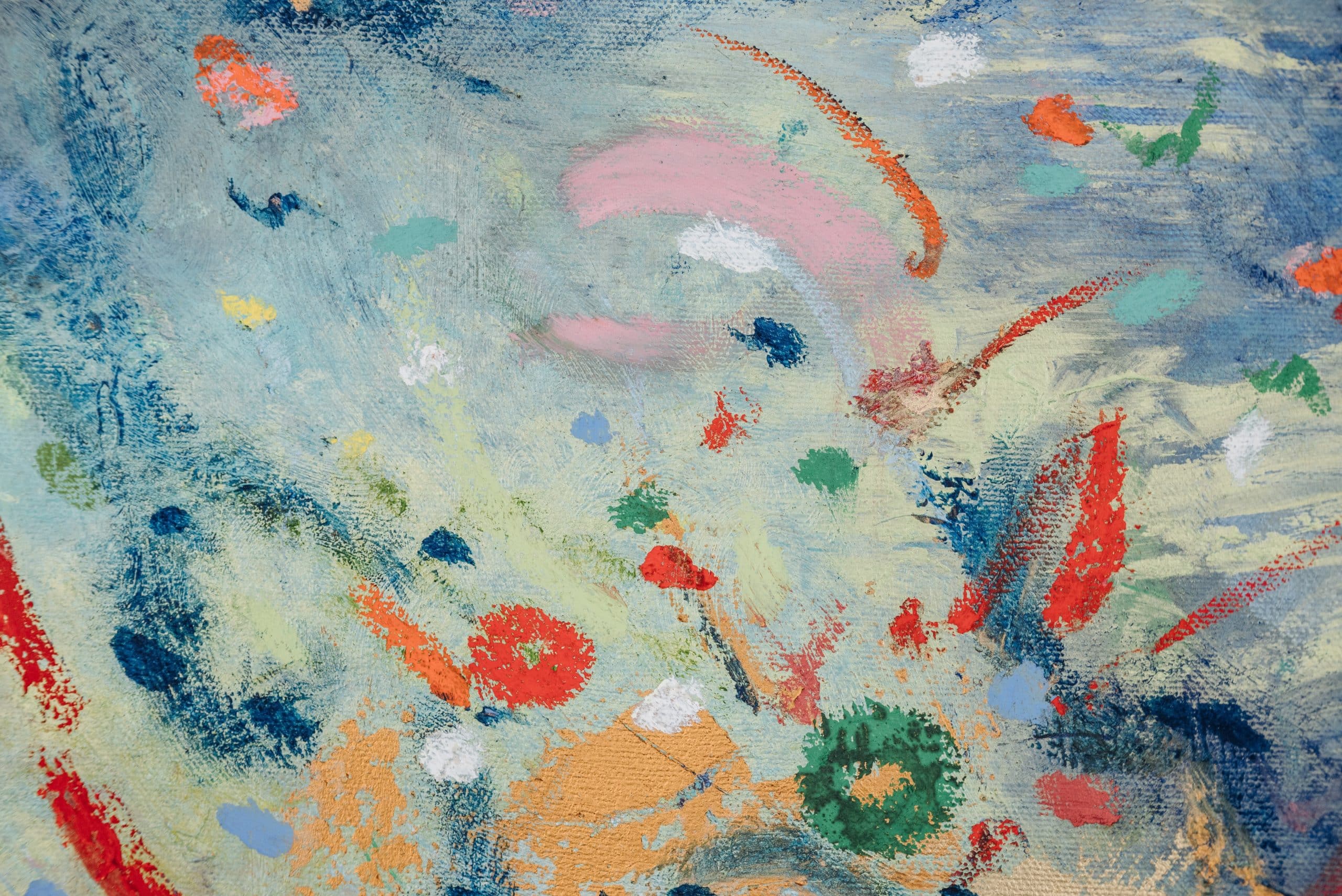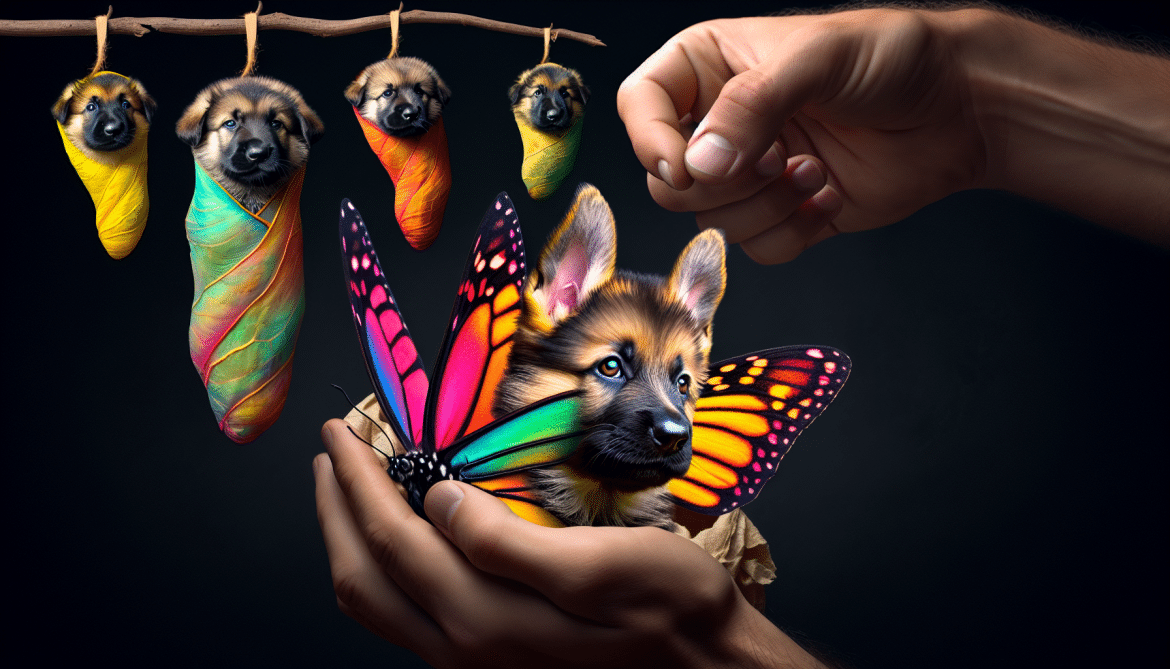You've probably noticed that German Shepherd puppies can change color as they grow. It's a fascinating phenomenon that leaves many dog lovers in awe. As these adorable little pups start their journey into adulthood, their once vibrant coat may transform into a different shade altogether. This natural process is not only intriguing, but it also has a scientific explanation behind it. Let's explore why German Shepherd puppies change color and uncover the secrets behind this intriguing transformation.

This image is property of images.pexels.com.
What Causes the Color Change in German Shepherd Puppies
German Shepherd puppies are known for their distinct coat colors, and it is fascinating to witness their color transformations as they grow. Several factors contribute to the changes in their coat color, including genetic factors, age and development, and hormonal influence. Understanding these factors can help unravel the mysteries behind the beautiful color variations seen in German Shepherd puppies.
Genetic Factors
Genetics play a significant role in determining the coat color of German Shepherd puppies. The inheritance of color genes from the parents determines the potential color variations in the offspring. Different combinations of alleles, which are variations of genes, can result in a wide range of coat colors. These alleles can be either dominant or recessive, and their presence or absence determines which colors are manifested in the puppies.
Age and Development
As German Shepherd puppies go through various stages of development, their coat colors can change. At birth, they have a newborn coat, which often undergoes a transition phase before reaching their adult coat. The colors observed during each development stage can vary, making the color change process all the more intriguing.
Hormonal Influence
Hormonal influence also plays a role in the color change of German Shepherd puppies. Hormones can affect the expression and pigmentation of the hair follicles, leading to alterations in the coat color. The presence or absence of certain hormones, as well as the gender of the puppy, can influence the final coat color outcome.
Color Variations in German Shepherd Puppies
German Shepherd puppies can exhibit a range of color variations, each with its unique characteristics. Some common color variations include sable, black & tan, black & red, bi-color, and white.
Sable
Sable German Shepherd puppies have a distinctive coat pattern characterized by a mix of dark and light hairs. The overall appearance may vary from a light to dark brown or even gray, depending on the genetics of the individual puppy. The color changes observed in sable puppies can be quite fascinating, as their coat transforms during different stages of development.
Black & Tan
Black & tan German Shepherd puppies are a classic and widely recognized color variation. Their coat is predominantly black, with tan markings on their face, chest, legs, and other areas. The contrast between the black and tan colors creates a striking appearance. Black & tan puppies may also experience color changes as they grow, adding to the intrigue of their transformation.
Black & Red
Black & red German Shepherd puppies, also known as red sables, have a coat that combines black and red or tan hairs. The red or tan color is often seen on their face, legs, and undersides, while the rest of the coat is mostly black. Just like other color variations, black & red puppies can exhibit changes in their coat hue and intensity as they mature.
Bi-Color
Bi-color German Shepherd puppies have a two-color coat pattern, with the majority of the body being one color, typically black, and another contrasting color, often tan, present on specific areas. This color variation creates a distinct look and can also undergo modifications during the color change process.
White
White German Shepherd puppies, although not as commonly seen as other color variations, have a unique and beautiful coat. Their coat is predominantly white, lacking the typical pigmentation found in other German Shepherds. White puppies may also experience color variations as they age, which adds an interesting aspect to their coat development.
Color Changes During Puppyhood
The color changes in German Shepherd puppies occur during different stages of their puppyhood, contributing to their overall transformation. Understanding the various phases of coat development can shed light on the fascinating process these puppies undergo.
Newborn Coat
When German Shepherd puppies are born, they typically have a newborn coat. This coat is usually light and might not reflect the final coloration that will develop in the adult coat. The newborn coat often consists of lighter hues, such as cream or tan, and provides a glimpse into the potential colors that may emerge later.
Transition Phase
As German Shepherd puppies transition from their newborn coat to their adult coat, they go through a phase where color changes become more apparent. This transition phase can vary in duration, and the colors observed during this time may not be the final colors that the puppy will display in adulthood. It is during this phase that the coat begins to transform, leading to exciting changes in color patterns.
Adult Coat
By the time German Shepherd puppies reach adulthood, their coat colors have usually settled into their final manifestation. The adult coat represents the culmination of the various color changes experienced throughout puppyhood. While some minor variations may still occur, the coat colors observed in adulthood are typically more consistent.
Factors Influencing the Color Change
Several factors influence the color change in German Shepherd puppies, adding complexity to the understanding of their coat development.
Genetics
The genetic makeup of German Shepherd puppies significantly influences their coat color. The combination of alleles inherited from their parents determines the potential color variations and patterns that can manifest in the offspring. The presence of dominant or recessive genes plays a crucial role in determining the coat color outcome.
Diet
Diet can indirectly affect the coat color of German Shepherd puppies. Providing a balanced and nutritious diet supports overall health and can contribute to optimal pigmentation and coat condition. Proper nutrition ensures that the puppy's coat receives essential nutrients needed for healthy development.
Health
The health of German Shepherd puppies can also impact their coat color. Certain health conditions or deficiencies might affect the proper pigmentation of the coat, leading to variations or abnormalities in color. Regular veterinary check-ups and appropriate healthcare practices can help maintain the puppy's overall health and contribute to the desired coat color outcome.
Environment
The environment in which German Shepherd puppies are raised can also influence their coat color. Exposure to sunlight, temperature variations, and other environmental factors can interact with the genetic components and affect the expression of coat color genes. While environmental influences may be more subtle, they can contribute to minor variations or intensify the color changes observed.

This image is property of images.pexels.com.
Conclusion
German Shepherd puppies undergo remarkable color changes as they grow, which make them even more captivating and unique. Genetic factors, age and development, and hormonal influence all contribute to the complex journey of coat color transformation. From sable to black & tan, black & red to bi-color and white, the various color variations in German Shepherd puppies add character and charm to the breed. Understanding the factors that influence the color change process offers valuable insights into the world of these beautiful and evolving puppies.


